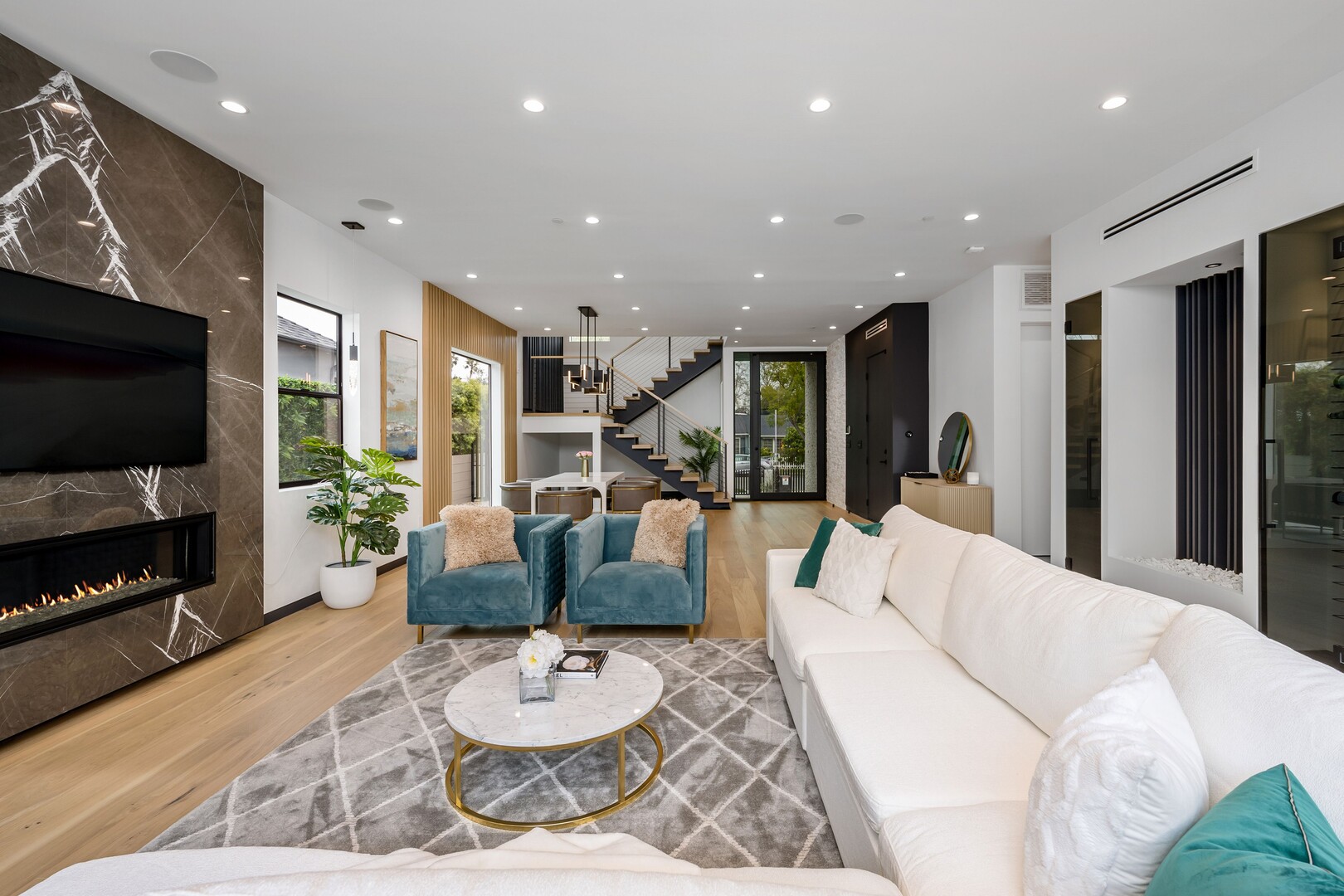
Home staging means getting your home ready for sale by making it look its best. It is not about hiding flaws but showing off strengths. Staging helps buyers emotionally connect with the space. That connection often leads to quicker offers and better selling prices.
When your home is staged, it looks fresh, organized, and appealing. Clean surfaces, modern furniture, and good lighting make a huge difference. Buyers see the home as newer, better cared for, and move-in ready. Even small touches like throw pillows or artwork can transform a plain room into something special. A beautiful, well-kept home naturally stands out.
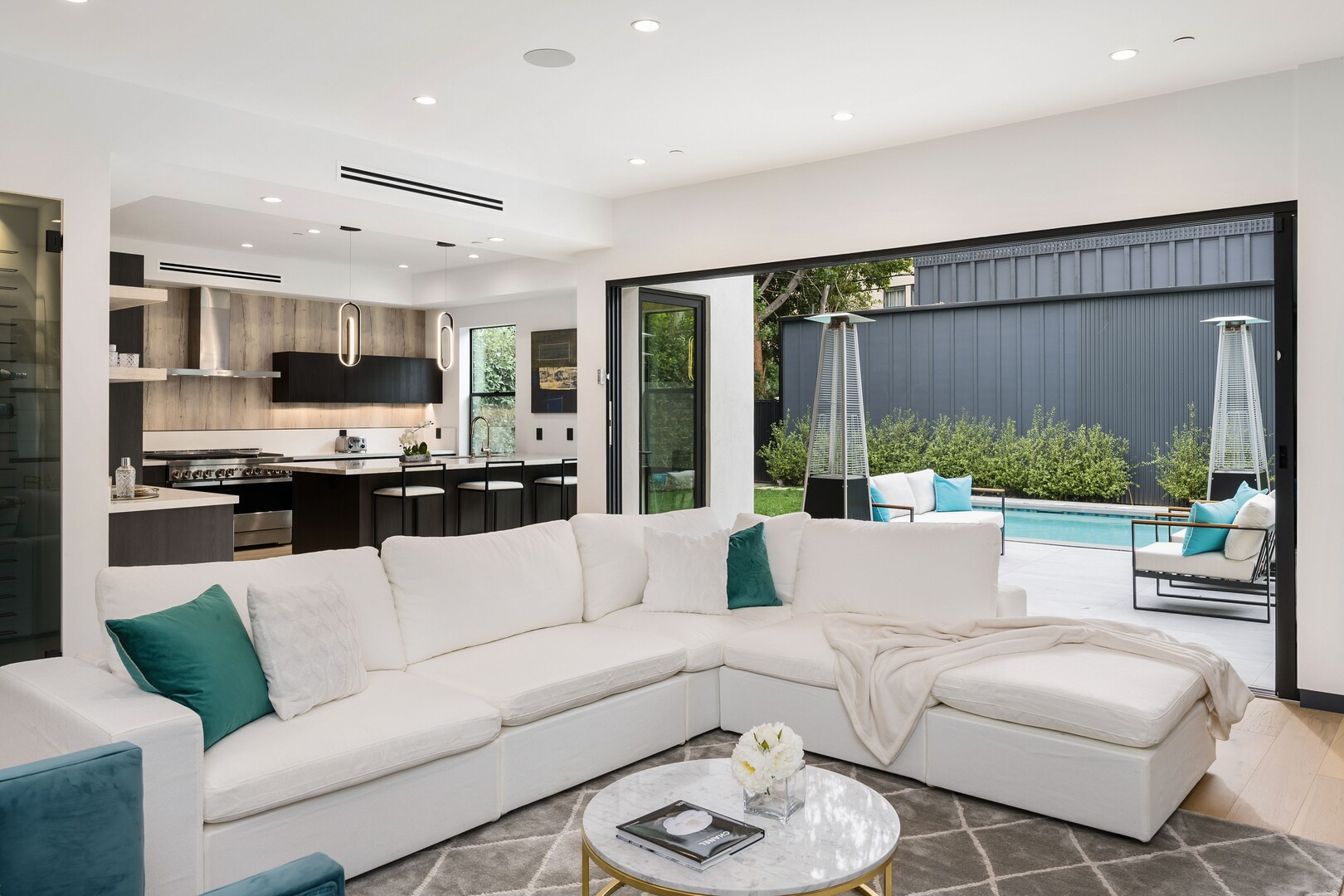
Staging goes beyond looks – it connects emotionally. Buyers fall in love with homes that feel warm, clean, and well-designed. That emotional bond often results in faster sales and stronger offers.
People tend to assign more value to things that look polished. When a home is staged, it feels more luxurious. Buyers walk in and think, “This is worth the price.” The right furniture, clean lines, and decorative accents all help your home feel like a premium product – even if the bones of the home have not changed. Buyers are willing to pay for that feeling.
An undecorated home can feel cold and confusing. Buyers may struggle to figure out how their furniture will fit or how to use a strange-shaped room. But a staged home removes the guesswork. When everything is laid out clearly, people feel confident. They are more likely to make a quick and strong offer, especially in a competitive market where time is critical.
A staged home tells a story. A cozy throw blanket over the couch, candles on the dining table, or a reading nook by the window – all these touches suggest a lifestyle buyers want. They begin to imagine themselves relaxing in that space. That emotional response is powerful. People do not just buy homes – they buy the feeling the home gives them.
No home is perfect. But staging helps buyers look past little flaws. When the space feels bright, clean, and welcoming, they notice what works, not what does not. Instead of seeing chipped paint, they might admire how open and airy the space feels. Good staging keeps buyers thinking positively throughout their visit, which improves your chances of getting a better offer.
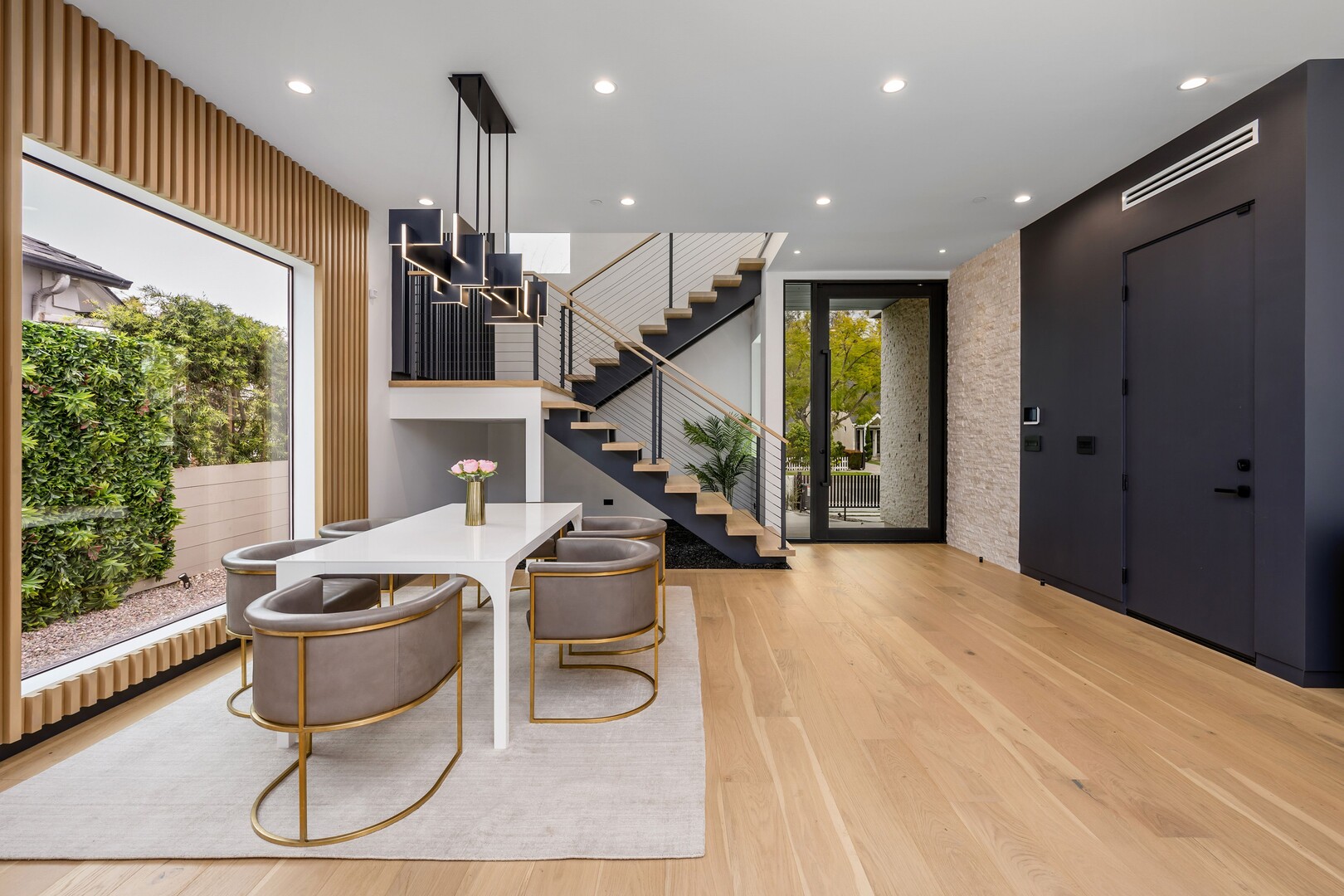
Choosing between DIY and professional staging depends on budget, time, and goals. Professionals bring expertise and faster results, while DIY saves cost but requires effort.
Firstly, DIY staging means you take on the task yourself. You arrange furniture, declutter, and decorate using your own style and budget. This approach saves money but requires time and effort. Also, not everyone has the design eye or resources to create a truly appealing space.
On the other hand, professional stagers bring experience and creativity. They know how to highlight your home’s strengths and downplay weaknesses. Moreover, they use quality furniture and accessories to create an inviting atmosphere that appeals to buyers. This can lead to quicker sales and often at a higher price.
Additionally, it is worth noting that professional staging usually costs more upfront. However, many sellers find that the investment pays off through better offers. Conversely, DIY staging works best if you have some design knowledge and a flexible budget.
Ultimately, consider your timeline, budget, and confidence in styling your home. For fast sales and maximum impact, professional staging is usually recommended. But if you are comfortable and want to save money, DIY staging with clear goals can still be effective.

Staging each room strategically highlights your home’s best features. From welcoming living rooms to fresh bathrooms, every space matters for buyer appeal.
Firstly, the living room is the heart of the home. Keep it tidy, arrange furniture to encourage conversation, and add cozy touches like soft pillows or a throw blanket. Also, natural light helps, so open curtains to brighten the space.
The kitchen often sells the home, so clear countertops, organize cabinets, and remove personal items. Small touches like fresh flowers or a bowl of fruit add life without clutter.
Furthermore, bedrooms should feel calm and inviting. Use neutral bedding and minimal decor to appeal to all tastes. Good lighting and decluttered closets also help buyers imagine their own belongings.
Bathrooms should look clean and updated. Replace worn towels, clear counters, and ensure good lighting. A small plant or scented candle can add a touch of freshness.
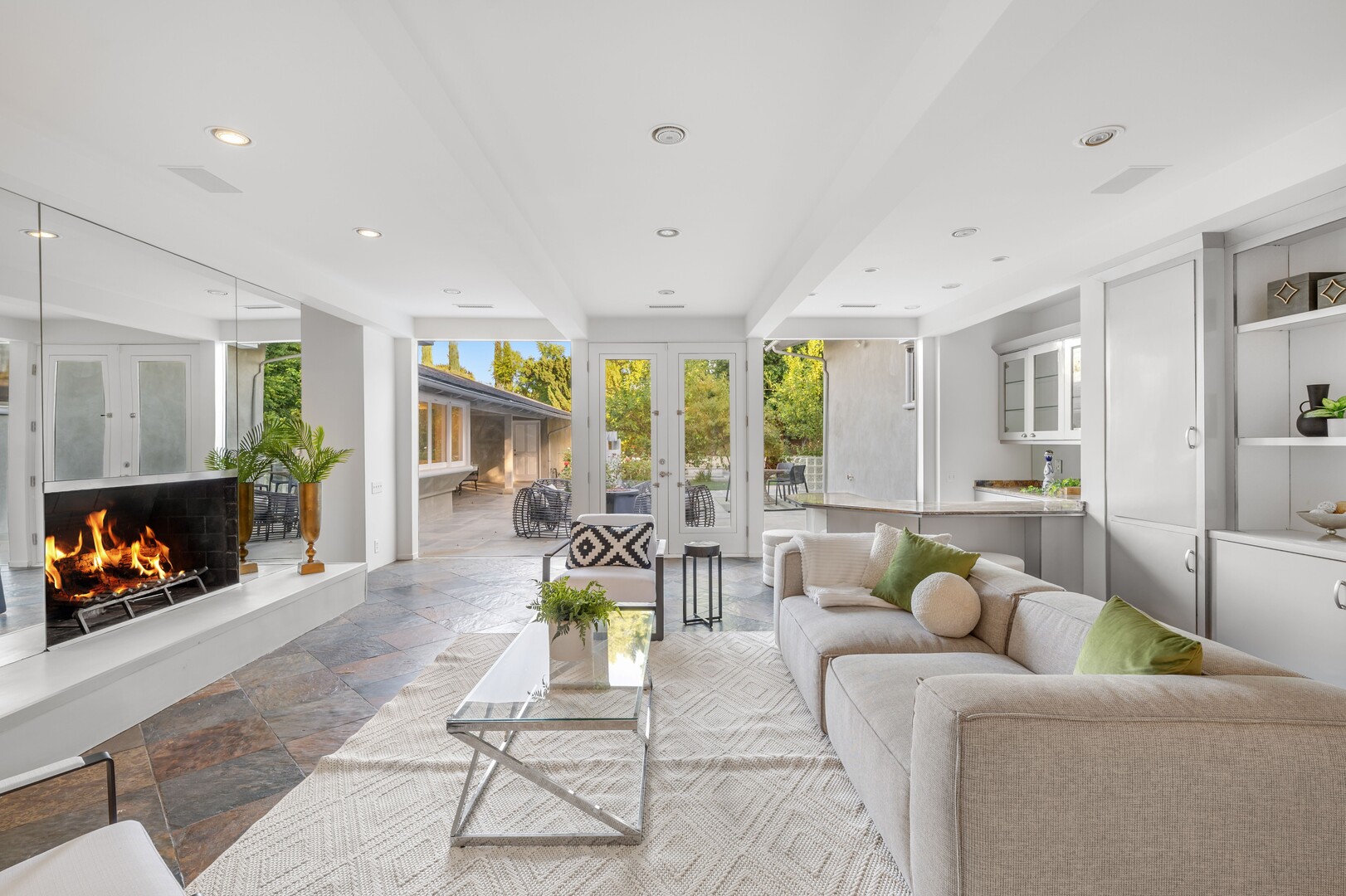
Avoiding these common mistakes helps you create a clean, welcoming environment that appeals to a wide range of buyers. Remember, simple and thoughtful staging will make your home more attractive and help it sell faster.
One of the biggest mistakes in home staging is failing to declutter properly. Clutter distracts buyers and makes rooms look smaller and less inviting. Therefore, removing personal items and excess furniture helps buyers imagine their own life in the space.
While it is tempting to showcase your style, too much personal décor like family photos or unique art may put off potential buyers. Instead, keep the style neutral and universal so more people can connect with the home emotionally.
Small issues like leaky faucets, chipped paint, or squeaky doors may seem minor, but they affect buyer perception. It is important to fix these before staging to show that the home is well-maintained and move-in ready.
Some sellers go overboard by stuffing every corner with furniture or decorations. This can make the home feel cluttered and fake. Balance is key: staging should highlight the home’s strengths without overwhelming the space.

Although staging involves upfront costs, it often leads to faster sales and higher prices. Therefore, it is a smart strategy to maximize your home’s appeal and achieve the best return on your investment.
Many sellers worry about the cost of staging, but it often pays off. Proper staging can increase your home’s perceived value and attract more offers, sometimes even above asking price. Thus, the initial cost is usually outweighed by higher sale proceeds.
You can choose between full professional staging, partial staging, or simple DIY tips. For example, small touch-ups like rearranging furniture or adding fresh flowers cost little but have a big impact. On the other hand, full staging with rented furniture may cost more but can significantly boost buyer interest.
In a competitive market, homes that look move-in ready and stylish attract more visitors. Consequently, this can shorten the time your home spends on the market and reduce carrying costs like mortgage and utilities.
If a full staging service feels too expensive, you can focus on key rooms like the living room and kitchen. Additionally, some agents offer staging consultations to guide you on low-cost improvements that make a big difference.
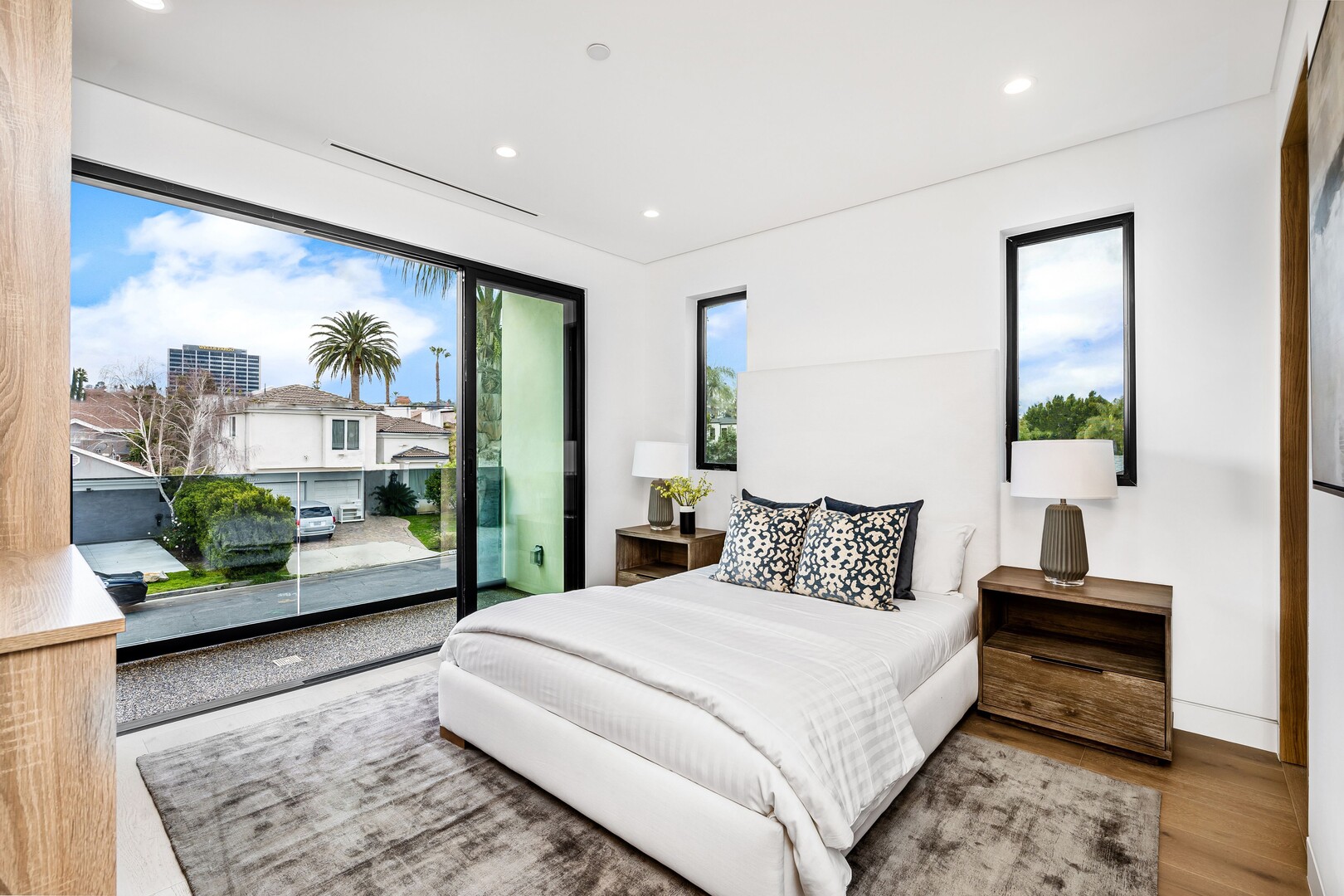
Staging transforms your home’s visual appeal, improving listing photos and marketing impact. As a result, it helps attract more buyers, increasing the chances of a quick and profitable sale.
In today’s digital age, most buyers start their home search online. Therefore, the photos they see first make a huge impact. Well-staged homes look brighter, cleaner, and more inviting. This leads to more clicks and inquiries. As a result, your property gains more exposure.
Home staging helps highlight key selling points like spaciousness, natural light, and good flow. Staged furniture and décor create appealing scenes that photographers love. This enhances the overall quality of listing photos. Consequently, your marketing materials become more powerful.
Besides listing sites, photos are used for social media, brochures, and email campaigns. Beautiful staged photos catch attention and build desire to visit. Thus, staging directly boosts marketing effectiveness and attracts more serious buyers.
Because of better photos and marketing, staged properties often receive more offers. This can lead to competitive bidding and higher final sale prices. Hence, staging is a smart investment for sellers who want to maximize their return.
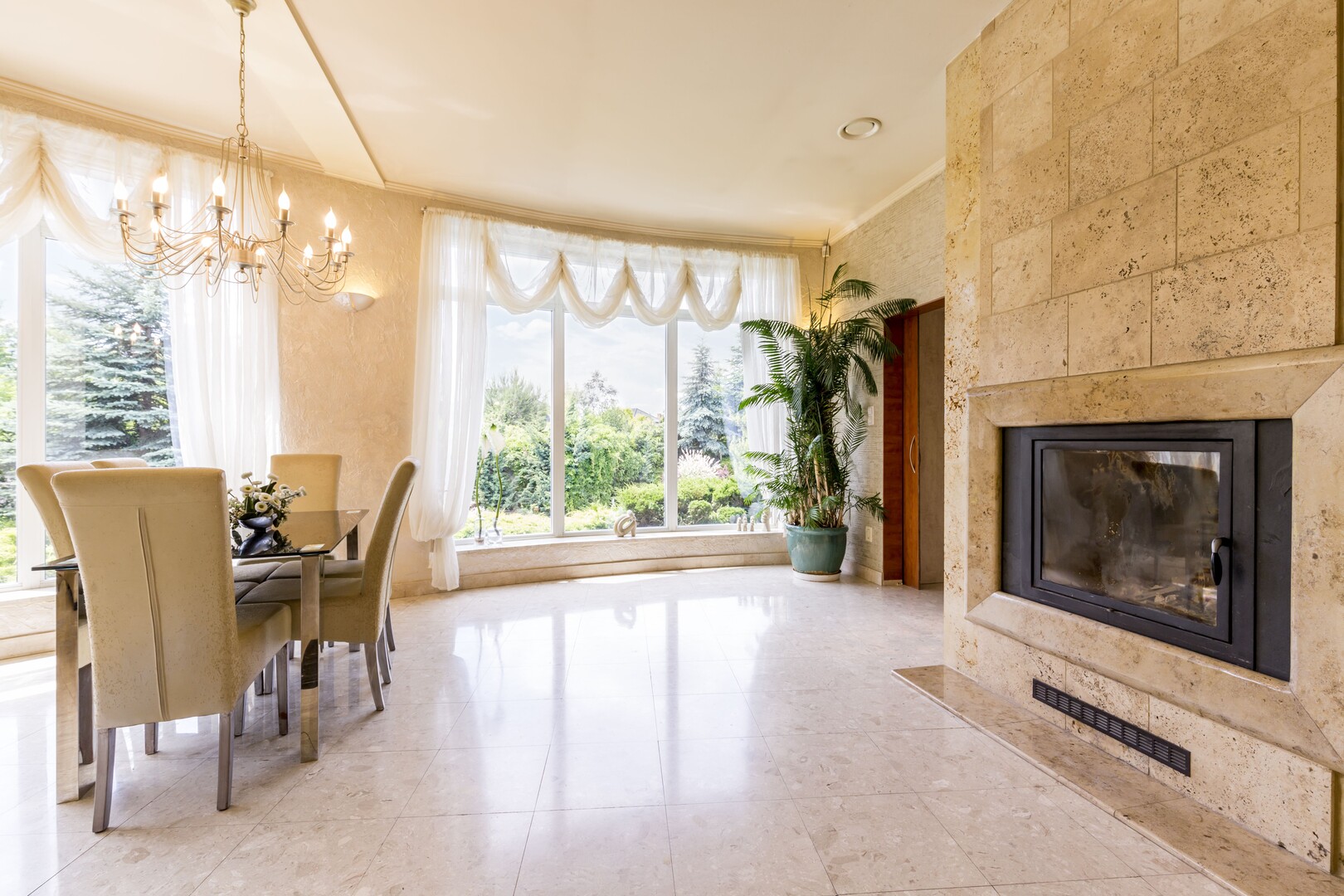
In today’s competitive real estate market, home staging is no longer just an option – it is a smart strategy that can make a huge difference in how quickly your home sells and how much it sells for. From improving first impressions to helping buyers emotionally connect with the space, staging turns a house into a home that buyers can see themselves living in.
If you are planning to sell your home, staging is a valuable tool that should not be overlooked. It is about more than just looks – it is about positioning your home to sell smarter and faster. Let’s work together to make your home stand out and unlock its full potential.
Subscribe to our newsletter to see the latest blogs
My services for the seller include initial consultation, market analysis, free estimate, make pricing strategy, home staging consultation, repairs and improvements consultation, professional photography and videography, detailed property description, customized marketing plan, online listings, social media marketing, design and print flyers and brochures, open houses and private showings, ongoing communication and feedback, continuous market monitoring, offer management, negotiation with buyers, counteroffers and finalization, transaction coordination, closing assistance with thirty-parties, and future real estate needs assistance.
This full suite of services is designed to make the selling experience smooth, rewarding, and successful. By partnering with Adam Cui, you are getting a knowledgeable, resourceful, and committed agent who will prioritize your interests and make sure your goals are met efficiently.
My services for the buyer include initial consultation, needs assessment, property search and selection, early access to listing, personalized tours, detailed market analysis, property transaction history research, property inspection coordination with thirty-parties, review of disclosures with third-parties, negotiation on inspection findings, custom offer preparation, expert negotiation, multiple offer handling, detailed contract explanation, legal and compliance assistance with third-parties, liaison with all parties, document assistance, final visits support, homeownership guidance, and lifetime real estate support.
Through each step, my goal is to minimize stress, streamline your home-buying experience, and deliver outstanding value within my 0.88% commission. Whether you are a first-time buyer or a seasoned investor, you can count on my expertise, dedication, and personalized care to make your real estate journey a success.
No. It only applies to the buying and selling property transactions. For rental services, I will charge half of the one-month rent if I represent one party.
No. HST will be added on top of that.
As a buyer, you typically do not pay my 0.88% commission directly. This commission is generally covered by the seller in a real estate transaction.
As your dedicated real estate agent, my priority is to provide you with the best possible service and value. If a seller offers a commission greater than 0.88% for my services, I would still honor my commitment to you, the buyer, and keep only 0.88% as my commission.
The home buying process involves several steps: getting pre-approved for a mortgage, finding the right property, making an offer, and completing inspections. Afterward, you will finalize the mortgage, sign the paperwork, and get the keys. It is essential to have guidance through each step to ensure a smooth and successful purchase.
When making an offer, it is important to consider the market conditions and the property’s value. Consult with your real estate agent to craft a competitive offer. Include necessary contingencies like financing and inspections. Always be prepared to negotiate. This ensures your offer stands out while protecting your interests.
Finding the right home starts with understanding your needs and budget. I will guide you through the process, showing you options that match your criteria. Together, we will explore neighborhoods, amenities, and property features. My goal is to help you find a home where you can see yourself living happily for years to come.